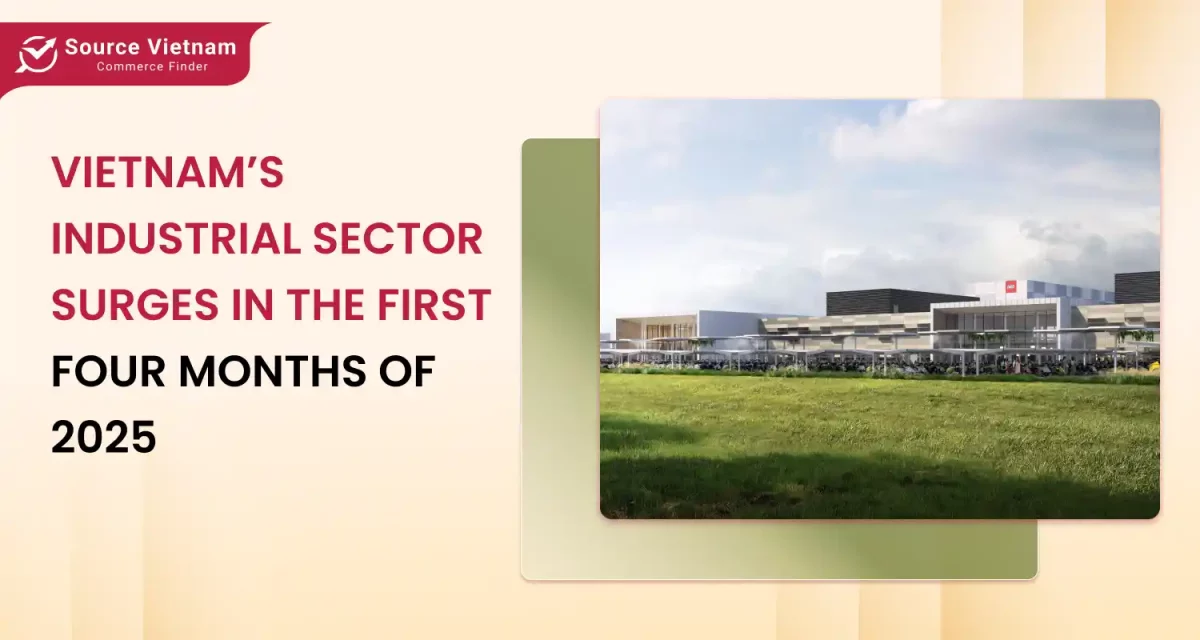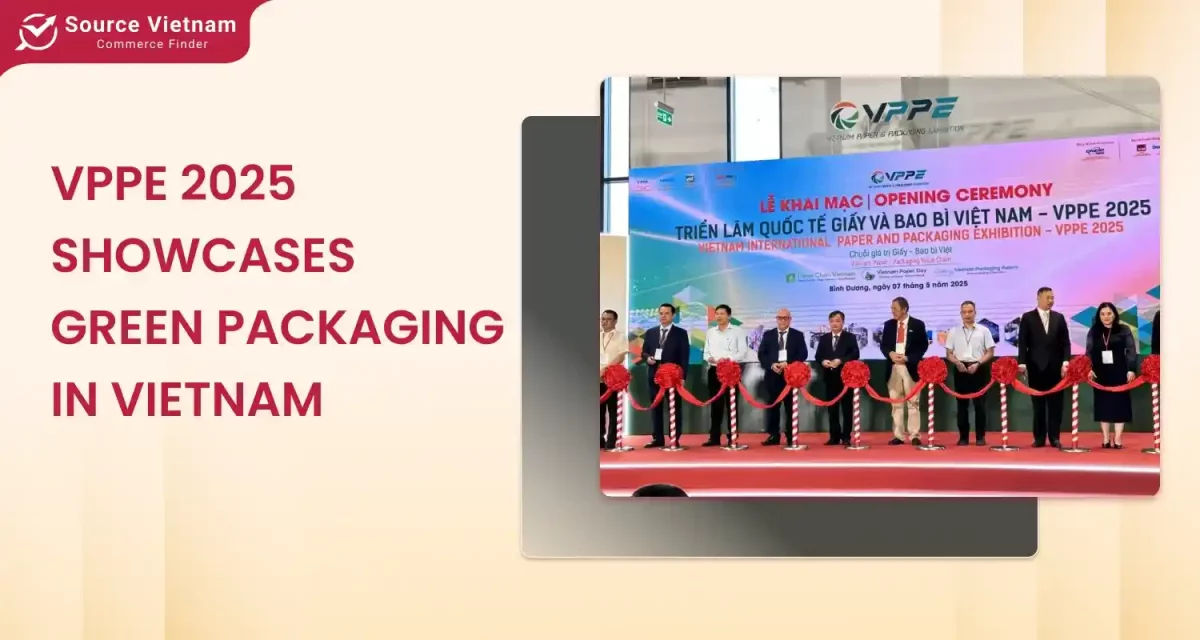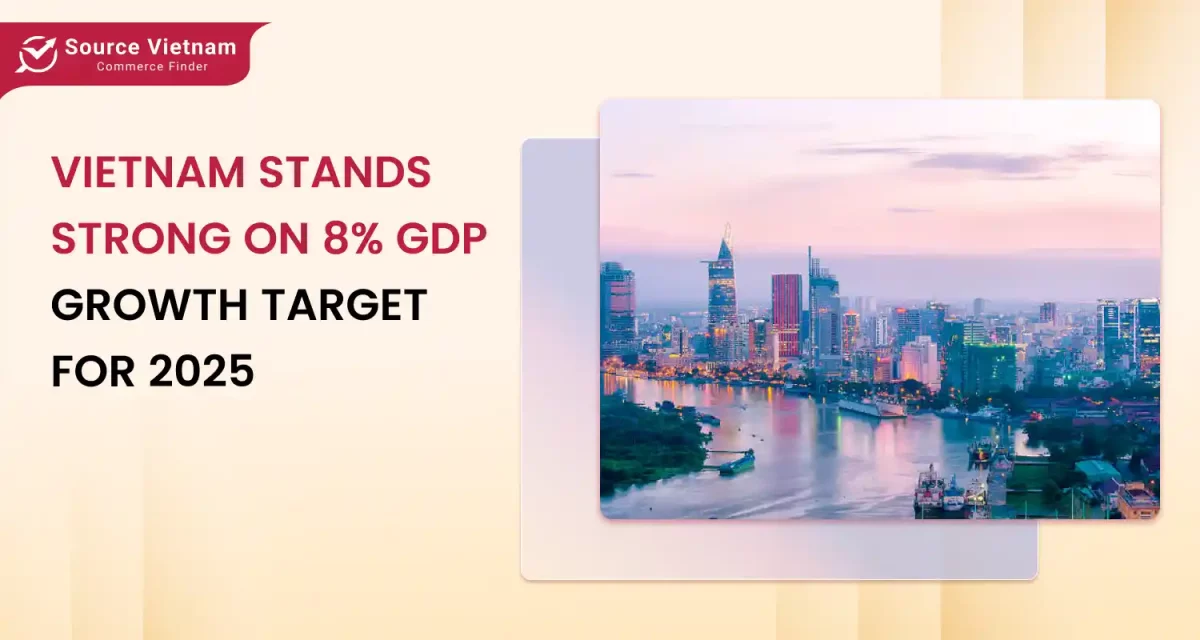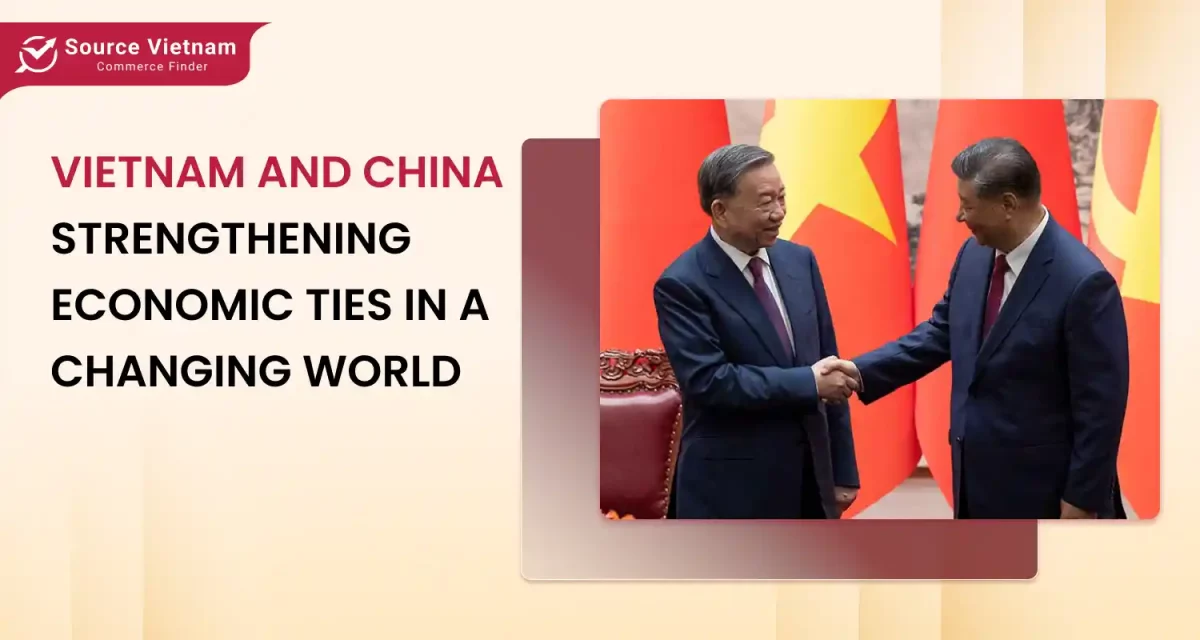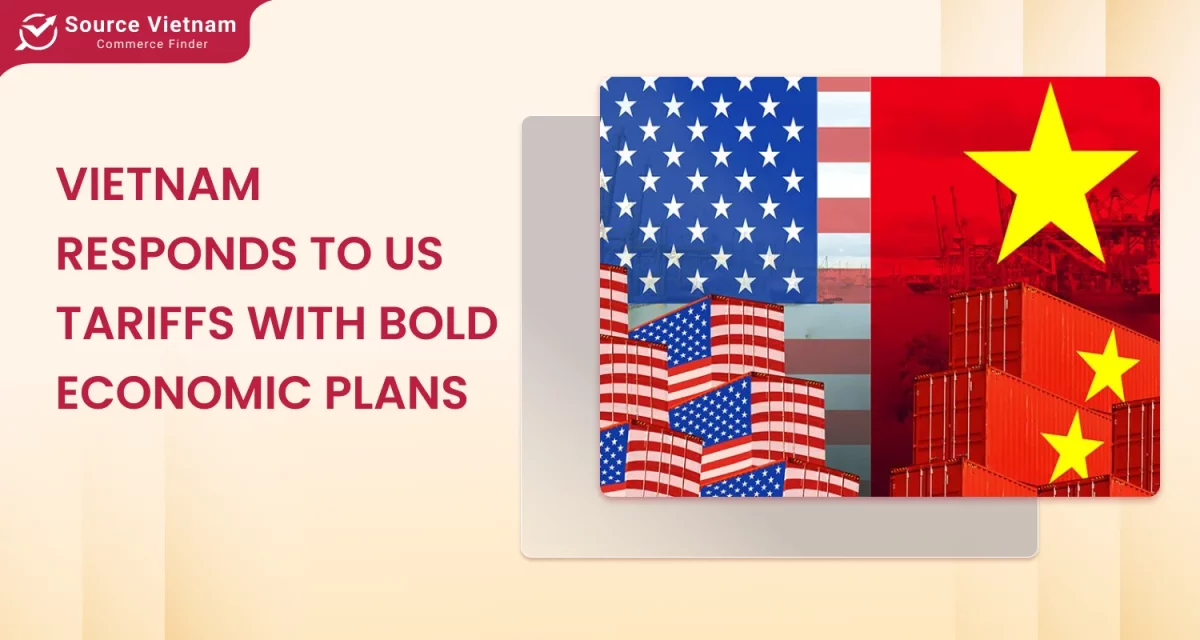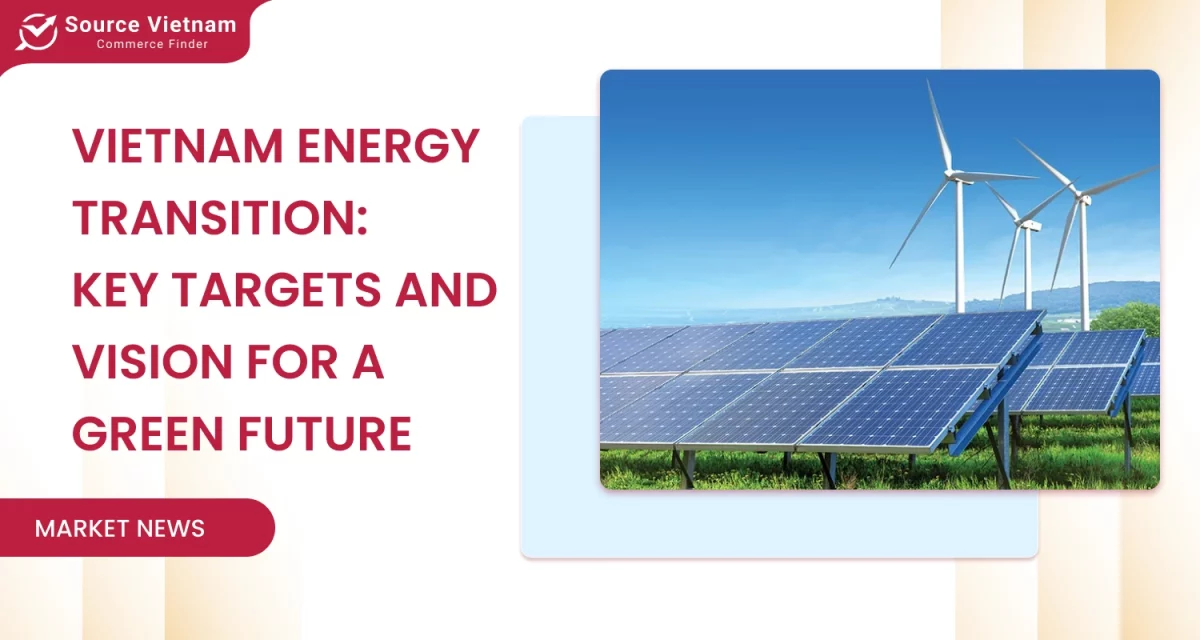In 2025, Vietnam-US trade relations are entering a bold new chapter, marked by unprecedented cooperation and billion-dollar agreements. Vietnamese corporations are no longer just regional players—they’re actively forging strategic partnerships with U.S. counterparts to expand global influence and economic resilience.
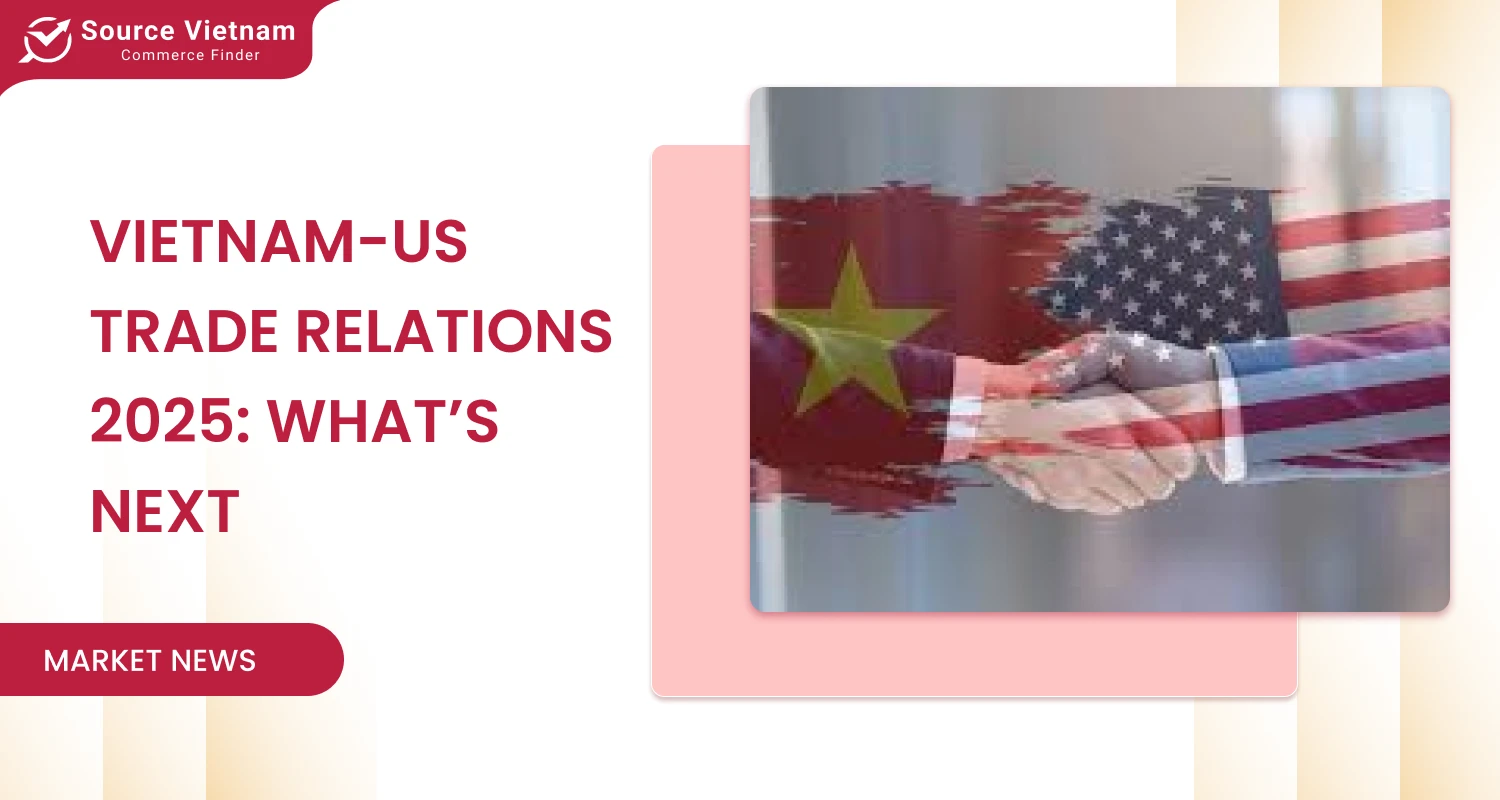
From aviation and energy to cutting-edge manufacturing, these collaborations reflect a deepening trust between two dynamic economies. As Vietnam ramps up its efforts to reduce trade imbalances and pursue long-term reciprocity, businesses on both sides are seizing new opportunities. This evolution isn’t just about numbers—it’s about vision, adaptability, and mutual growth in an ever-changing global landscape.
Historic trade milestones reached in 2025
The year 2025 marks a major breakthrough in Vietnam US economic cooperation, as Vietnamese corporations signed and negotiated trade deals with U.S. partners worth an impressive $90.3 billion. These landmark agreements represent not only a surge in bilateral trust but also a bold commitment to deep, long-term collaboration.
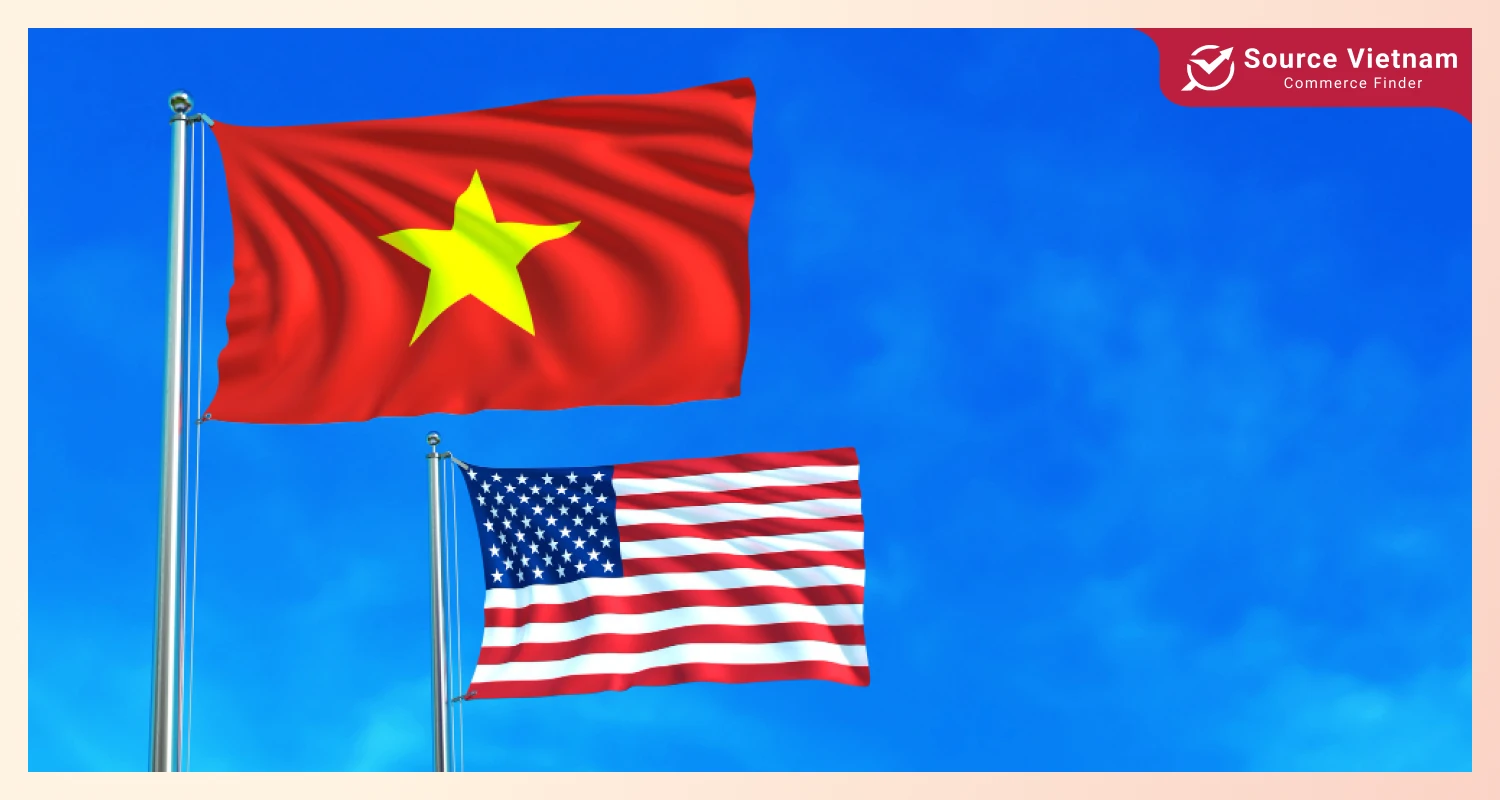
Among the most notable sectors are aircraft procurement, aviation services, oil and gas exploration, and the import of refined petroleum—critical industries that signal Vietnam’s drive to modernize infrastructure and secure sustainable growth. During a high-level business forum earlier this year, $4.15 billion in deals were officially signed, with an additional $36 billion currently under negotiation and expected to be finalized soon.
These ambitious moves showcase how Vietnamese corporations’ trade deals with US partners are evolving from traditional trade to high-value, strategic ventures. It’s a turning point that not only boosts Vietnam’s economic trajectory but also strengthens its position as a key player in the global supply chain.
Key sectors driving the bilateral cooperation
At the heart of the expanding US Vietnam bilateral trade agreements lie two powerhouse sectors: aviation and energy. These industries are not only pivotal to Vietnam’s modernization efforts but also offer the United States significant opportunities to extend its commercial reach in Asia.
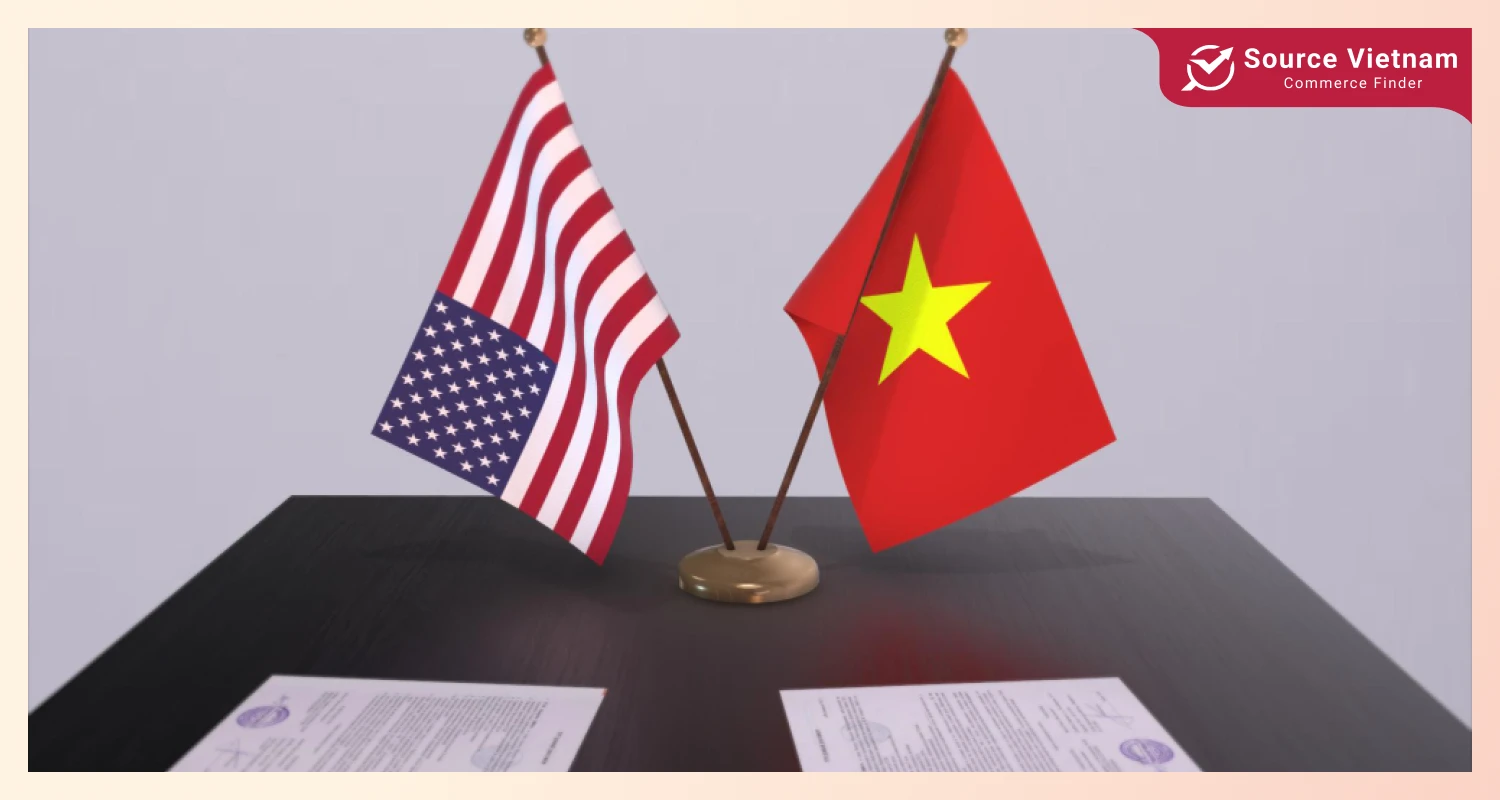
The Vietnam aircraft deal with US partners signals a leap forward for the country’s aviation industry. With rising domestic and regional demand for air travel, Vietnamese airlines are turning to American aerospace giants for next-gen aircraft and aviation services, bringing in advanced technology, safety standards, and operational efficiency.
Meanwhile, in the energy sector, Vietnam is working closely with U.S. companies on oil exploration projects and securing refined petroleum imports. These collaborations help diversify Vietnam’s energy sources and ensure long-term fuel stability for its growing economy.
For Vietnam, the benefits include access to high-quality products, technological transfer, and knowledge exchange. For the U.S., it’s a gateway to a fast-growing market and a trusted partner in Southeast Asia. This two-way street is more than trade—it’s shared progress built on strategic alignment.
Vietnam’s strategic move to address trade imbalance
In recent years, Vietnam has made clear and calculated moves to tackle its growing trade surplus with the United States. As part of its Vietnam trade balance strategy, the government has implemented a range of measures to create a more equitable economic relationship between the two countries.
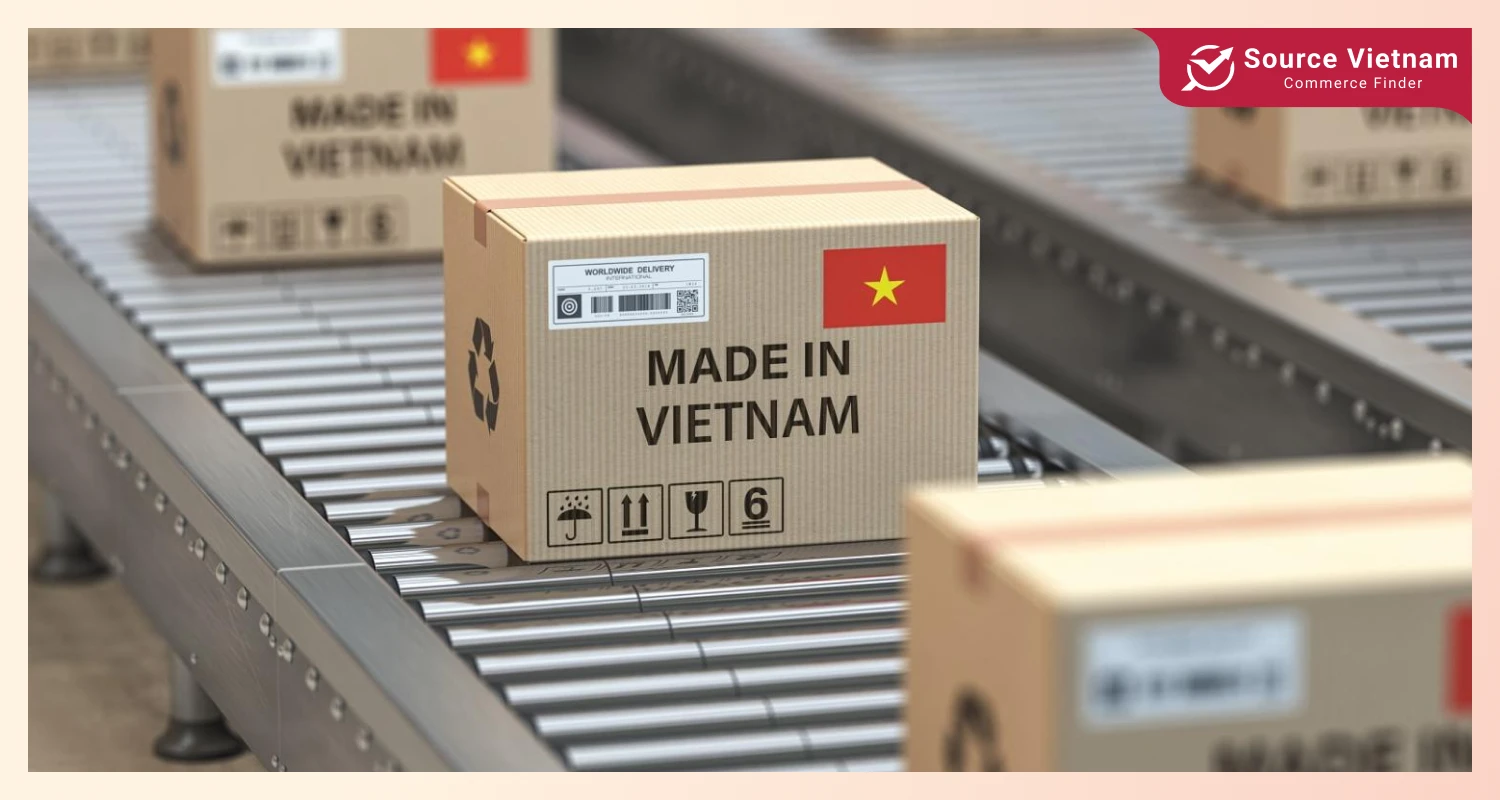
A key initiative includes the reduction of import tariffs on U.S. goods, making it easier for American products, especially in high-tech and industrial categories, to enter the Vietnamese market. At the same time, Vietnam is stepping up its purchases of American-made aircraft and cutting-edge technologies, further strengthening bilateral trust while modernizing its own infrastructure.
This strategy not only helps balance trade figures but also reinforces Vietnam’s commitment to responsible global trade practices. By proactively narrowing the gap, Vietnam is showing the world that fairness and mutual benefit are central to its economic vision.
Towards a reciprocal trade agreement: What’s next?
Looking ahead, Vietnam US economic cooperation is expected to deepen with plans to formalize a reciprocal trade agreement—a move that could reshape the long-term landscape of bilateral commerce.
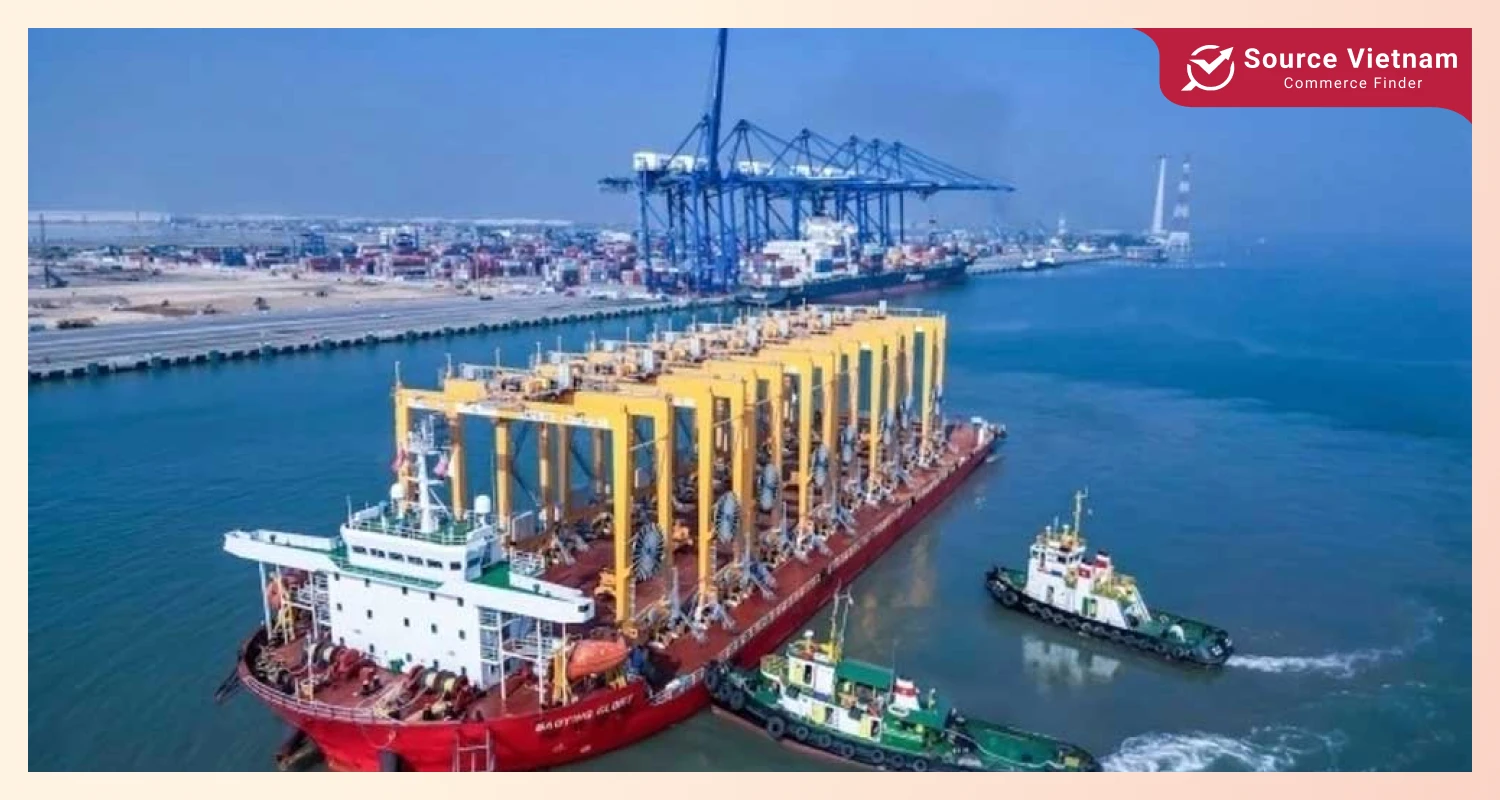
In April 2025, Vietnamese Deputy Prime Minister Hồ Đức Phớc met with U.S. Trade Representative Jamieson Greer to initiate talks aimed at establishing a modern, balanced trade framework. At the center of these discussions are US-Vietnam tariff negotiations, as both sides look to reduce import duties and eliminate non-tariff barriers that may hinder business flow.
Such an agreement would mark a strategic leap, opening the door for smoother investment, easier market access, and more transparent regulations. For Vietnamese corporations, it’s a signal to innovate and elevate global competitiveness. For American businesses, it’s a chance to expand into one of Asia’s fastest-growing economies, with fewer roadblocks and greater confidence.
Opportunities and challenges for Vietnamese corporations
As Vietnam steps confidently into the global arena, its corporations are met with both exciting prospects and real challenges. On one hand, the expanding partnership with the U.S. opens access to a massive consumer market, enables technology transfer, and facilitates easier export pathways for Vietnamese goods and services.
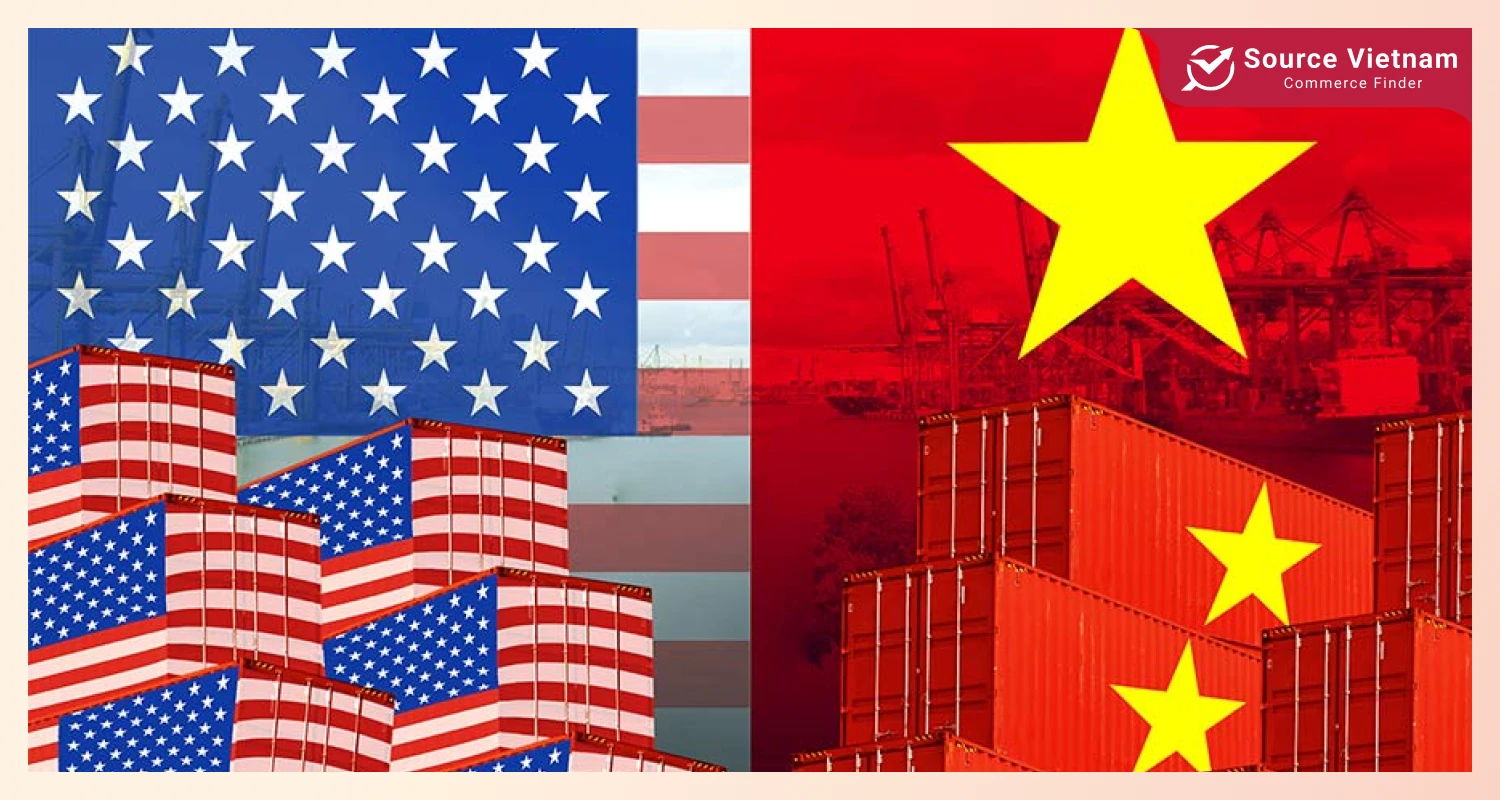
However, with greater opportunity comes greater responsibility. Local businesses must now navigate fierce international competition, adhere to stringent global standards, and comply with complex trade regulations. These are not just hurdles—they’re catalysts for growth, innovation, and strategic transformation.
For Vietnamese corporations, success in this new chapter demands adaptability, transparency, and a relentless commitment to quality.
Conclusion
The evolution of Vietnam-US trade relations in 2025 reflects more than economic ambition—it represents a shared commitment to fair, forward-looking cooperation. From billion-dollar deals to strategic agreements, every step is a move toward a more balanced and resilient partnership.
As Vietnam continues to refine its global footprint, one thing is clear: collaboration, not competition, will define the future.

